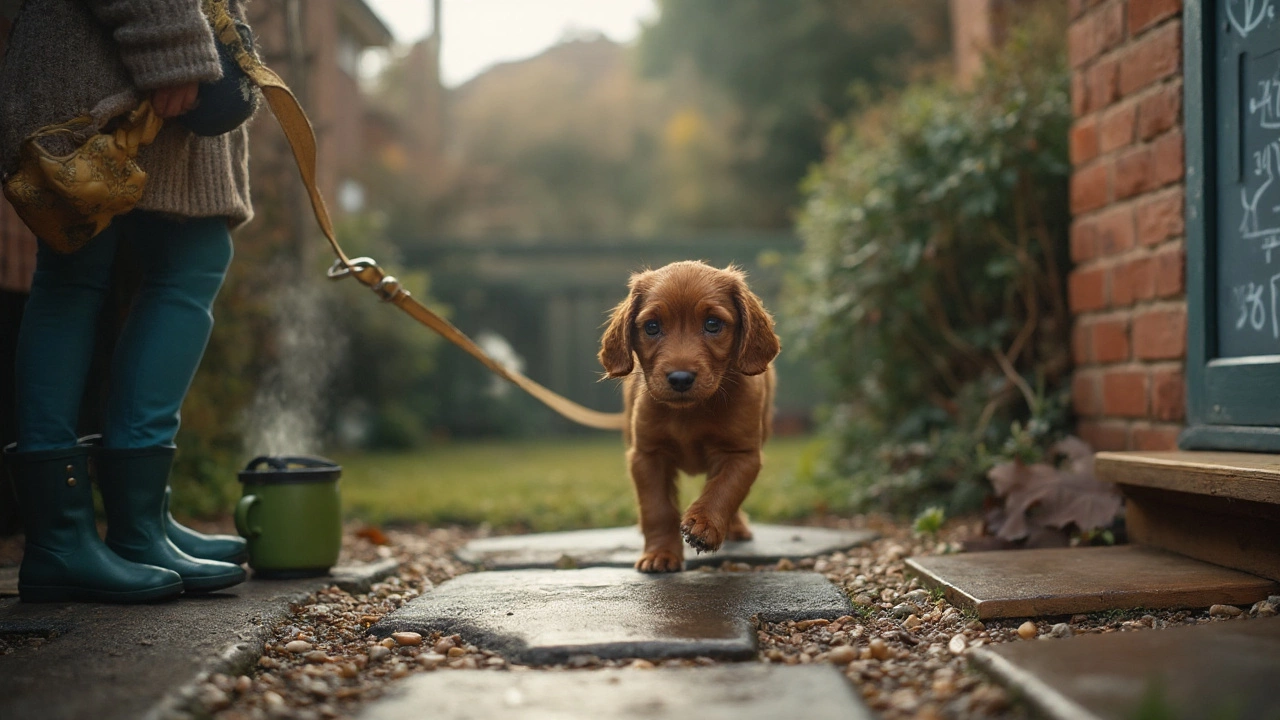House Training Tips: Stop Accidents Fast
Got a new pup and the carpet is taking a hit? You’re not alone. House training can feel like a mystery, but the basics are actually pretty straight‑forward. Let’s break it down into bite‑size steps you can start using today.
Create a Consistent Schedule
The easiest way to teach your dog where to go is to make a routine and stick to it. Feed your dog at the same times each day, then take them out 10‑15 minutes after every meal, after playtime, and right before bedtime. Dogs have tiny bladders, so those regular breaks prevent the urge to go inside.
Pick a specific spot outside and always use it. The scent tells your dog it’s the right place, and over time they’ll associate that smell with ‘go here’. If you’re in an apartment, a pee pad in the same spot works just as well – consistency is the key.
Reward the Right Behaviors
When your dog does their business in the right spot, celebrate it. A quick “good job!” plus a tiny treat within a few seconds cements the behavior. Timing matters – the reward must come right after the action, otherwise the dog won’t connect the two.
If an accident happens, stay calm. Clean the mess with an enzyme cleaner so the smell disappears; otherwise your dog might think the area is still okay to use. Never punish after the fact – the dog can’t link the scold to something they did minutes ago.
Crate training can be a game‑changer. Dogs naturally avoid soiling where they sleep, so a well‑sized crate (just enough to stand, turn, and lie down) teaches them to hold it until they’re let out. Start with short periods and gradually extend the time as they get older.
Watch the signs. Sniffing, circling, or heading to the door are all clues that your dog needs a break. The faster you respond, the quicker they’ll learn the pattern.
Nighttime can be tricky. If your dog whines around 2 am, take them out quietly – no lights, no play, just a quick bathroom break. Over time they’ll realize they can hold it longer.
When you’re away, consider a professional dog walker or a pet‑sitting service. A mid‑day potty break stops the “hold it till I get home” stress that leads to indoor accidents.
Finally, be patient. Most dogs get the hang of house training within a few weeks, but each pup moves at its own pace. Stick to the schedule, reward the wins, and keep accidents clean – you’ll be enjoying a spotless floor before you know it.
Posted By Bryndle Redding On 7 Sep 2025 Comments (0)
How Long Does It Take to Potty Train a Puppy? Real Timeline, Schedules, and Fixes
Real potty training timelines: what to expect by age, daily schedules, setbacks, and fixes. Clear steps, checklists, and FAQs for new puppy parents.
READ MORE